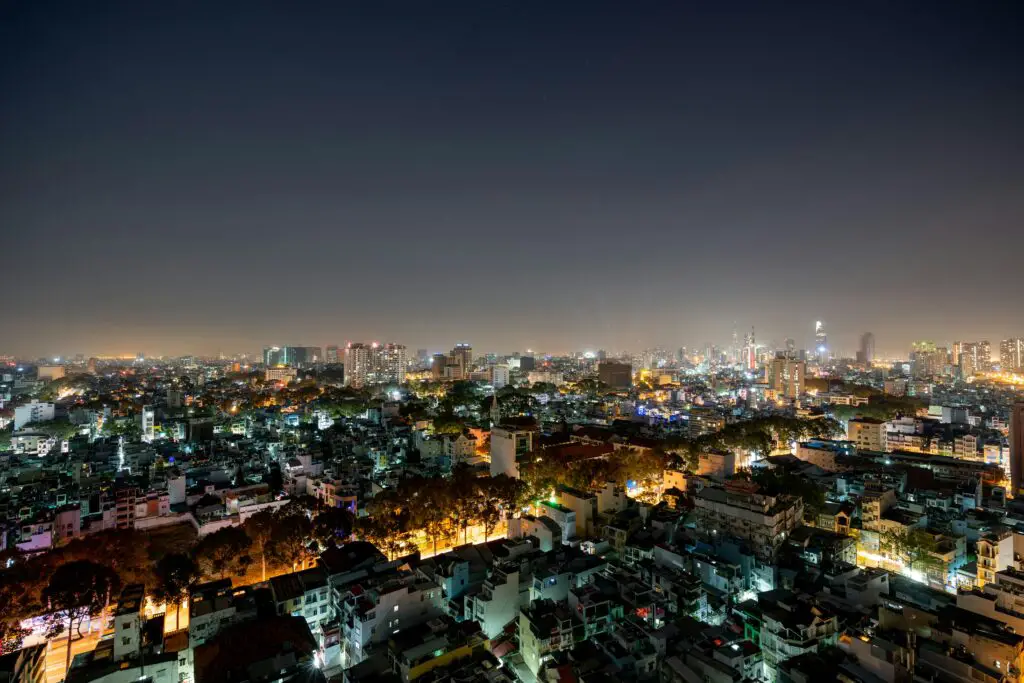Light Pollution Map: Understanding the Brightness of Our Night Skies
Click here to live light pollution map https://www.lightpollutionmap.info
Light pollution is the extreme or misdirected artificial light that brightens the night sky, making it difficult to see stars and disrupting the natural environment. As cities and towns grow, so does the amount of light they emit, creating what is known as light pollution. To help us understand and imagine this, scientists and researchers have developed something called a light pollution map.

What is a Light Pollution Map?
A light pollution map is a visual tool that shows how much artificial light is life emitted in different parts of the world. These maps are usually created using satellite data and other measurements to show where the night sky is the brightest. Areas with high levels of light pollution seem in bright colors, while darker areas indicate less pollution and clearer atmospheres.
Light pollution maps can cover entire countries or even the entire planet, allowing us to see the impact of artificial light on a global scale. They are important for understanding where light pollution is most severe and for finding areas that still have relatively dark skies.
How is a Light Pollution Map Created?
Creating a light pollution map involves collecting data from satellites that observe the Earth at night. These satellites measure the brightness of artificial lights on the ground and send this information back to researchers. The data is then processed and used to create a map that shows how much light is being emitted in different locations.
In addition to satellite data, light pollution maps may also use ground-based measurements taken by scientists or even unprofessional astronomers. These additional measurements help to make the maps more correct, especially in areas where satellite data might be limited.
Light pollution
Why Are Light Pollution Maps Important?
Light pollution maps are important for several reasons:
Raising Awareness: By showing the degree of light pollution, these maps help to raise awareness about the issue. When people see how bright their area is compared to others, they may be more motivated to take action to reduce light pollution.
Protecting Dark Skies: Light pollution maps help identify areas that still have relatively dark atmospheres, which are important for both wildlife and astronomy. These areas can be protected from further development and light pollution.
Guiding Policies and Regulations: Governments and organizations can use light pollution maps to create policies and regulations that reduce light pollution. For example, they might instrument better lighting practices in areas with high levels of light pollution or create dark-sky reservations in areas with minimal pollution.
Helping Astronomers: Astronomers trust on dark skies to observe stars, planets, and other spiritual objects. Light pollution maps help them find the best locations for observatories and astronomy, ensuring that they have clear views of the night sky.
Example: The World Atlas of Artificial Night Sky Brightness
One of the most well-known light pollution maps is the “World Atlas of Artificial Night Sky Brightness.” This map shows the level of light pollution across the whole world. According to the atlas, more than 80% of the world’s population lives under light-polluted atmospheres, with some areas, like large cities, being much brighter than others. The atlas highlights the stark contrast between urban areas, which are often brightly struck, and rural or remote regions, where the atmospheres are still relatively dark.
Conclusion
Light pollution maps are valuable tools for understanding and addressing the issue of light pollution. By visualizing where artificial light is most concentrated, these maps help us see the impact of our modern, brightly lit world on the night sky. With this knowledge, we can work together to reduce light pollution, protect our environment, and reserve the beauty of the stars for future generations.
